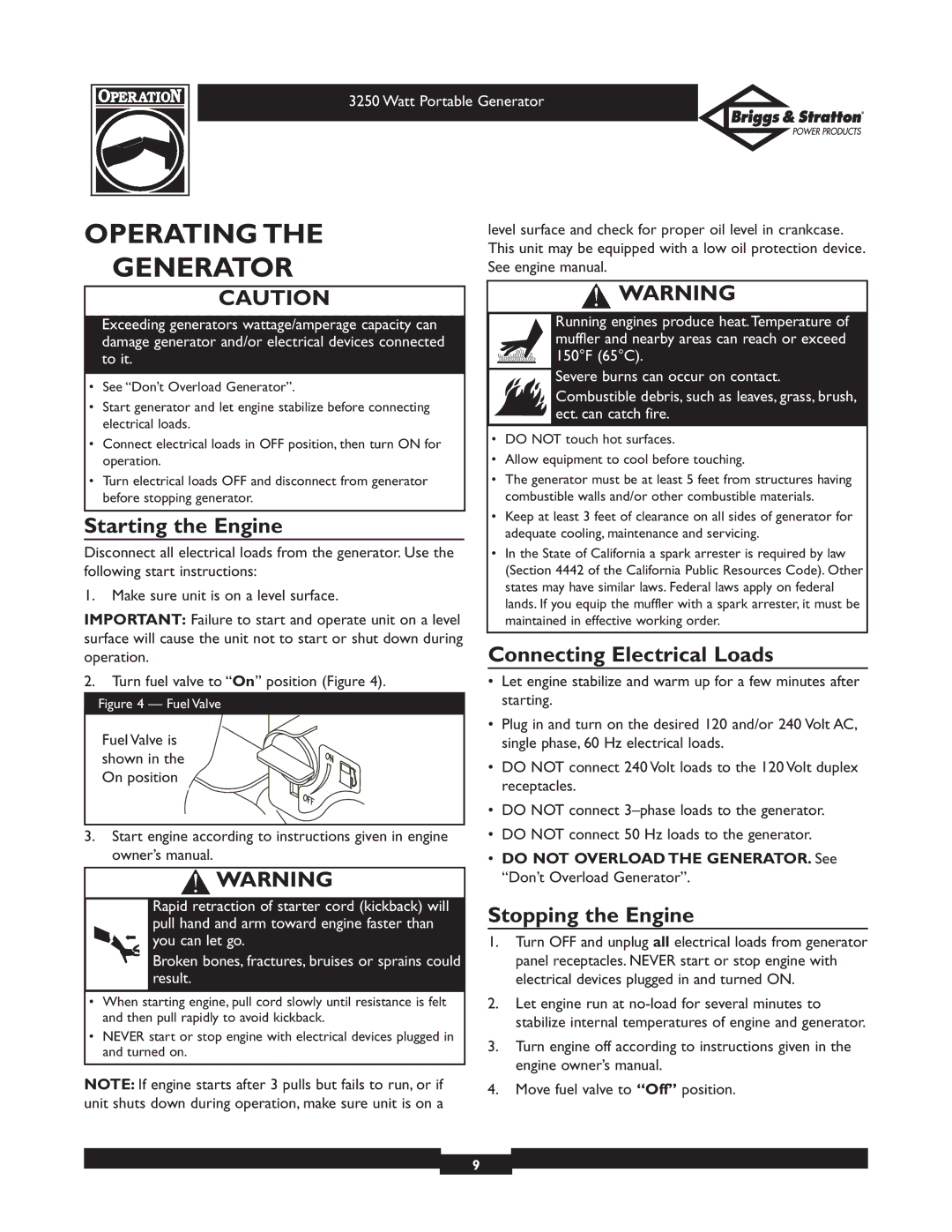1653 specifications
The Briggs & Stratton 1653 is a powerful and reliable engine widely used in outdoor equipment, particularly for riding lawn mowers and garden tractors. This engine stands out in the field because of its robust design and innovative technology, ensuring optimal performance and durability.One of the main features of the Briggs & Stratton 1653 engine is its displacement capacity of 656 cc, providing sufficient power for various lawn care tasks. This engine is engineered to deliver an impressive output, typically around 23 horsepower, making it suitable for heavy-duty applications. The engine utilizes a vertical crankshaft configuration, which contributes to its efficient fuel consumption and excellent torque delivery.
Equipped with advanced features, the 1653 engine includes an OHV (Overhead Valve) design. This configuration allows for better airflow and fuel efficiency, leading to smoother operation and reduced emissions. Moreover, the engine incorporates a full-pressure lubrication system, promoting enhanced longevity by ensuring all critical components receive adequate oil flow.
One of the defining technologies in the Briggs & Stratton 1653 is its use of the Easy Start system, which makes starting the engine a hassle-free experience. This is particularly beneficial for users who may not have extensive experience operating machinery. Additionally, the engine is designed with a cast-iron cylinder sleeve that increases durability and reduces wear, ensuring long-lasting performance.
The Briggs & Stratton 1653 also boasts a heavy-duty air filtration system that effectively keeps dirt and debris from entering the engine, thereby maintaining optimal performance levels. This feature is crucial for anyone who operates in dusty or rough environments, as it helps extend the engine's lifespan.
Another important characteristic of the 1653 is its vibration dampening system, which minimizes operator fatigue during prolonged use. The engine is also designed to be maintenance-friendly, with easily accessible components for routine checks and oil changes.
In summary, the Briggs & Stratton 1653 is a high-performance engine that combines power, efficiency, and durability. With its innovative technologies and user-friendly features, it is an excellent choice for homeowners and landscaping professionals looking for a reliable engine to tackle various outdoor tasks. Whether for residential or commercial use, the 1653 engine stands out as a top contender in the market for its unparalleled performance and longevity.

